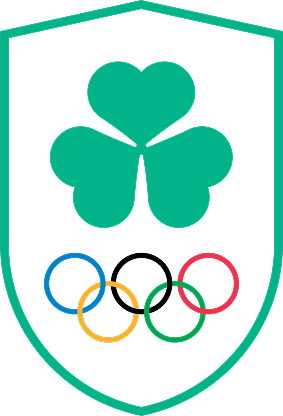National Federation
Tennis Ireland
Dublin City University
Glasnevin,
Dublin 9
Tel: (+353 1) 884 4010
Fax: (+353 1) 884 4013
Email: [email protected]
Web: www.tennisireland.ie
Olympic History
Tennis was included in the Olympic schedule from 1896 to 1924. Due to the persistence of then ITF President Philippe Chatrier and General Secretary David Gray, Tennis reemerged as a demonstration sport in the Los Angeles Games in 1984 and was officially reinstated as an Olympic sport in the Seoul Games in 1988.
Technical Details
Field of play
The court is a 23,77 m x 8,23 m rectangle for singles 23,77 m x 10,97 m rectangle for doubles. In fact the same court is used for both single and double contests and only line marks differ. The court is divided into two halves by a net, which extends at a height of 0.914 m. There are four types of courts:
The Contest
Tennis is played between two or four athletes. To score a point, Tennis players have to hit the ball with their rackets so that it lands on the opponent’s court without the opponent being able to hit it back. Winner is the athlete or pair to win three “sets” of six “games” each in the men’s events (best-of-five set match) and two “sets” in the women’s events (best-of-three set match).
Techniques
Advanced technique, stamina, strength, speed and flexibility are necessary skills for Tennis athletes. Tennis athletes develop various techniques of striking the ball, including:
· Drop shot – a stroke that causes the ball to fall abruptly after clearing the net
· Cross court – diagonal ball from one side of the court to the other
· Lob – a ball hit high in the air and deep into the opponent’s court, usually over the opponent’s head
· Passing shot – a shot hit past an opponent, coming to or already at the net
· Smash – strong strike to an opponent’s high ball
· Volley – ball hit before it bounces on the ground
Rules
A Tennis contest is played between two or four athletes. An umpire, aided by nine line umpires presides over the contest. Before the beginning of the contest, the umpire flips a coin. The winning athlete or pair has the following options: choose its side of the court, choose to serve first, choose to receive first or give the choice to the opponent.
In the beginning of a “game” the athlete serves from the right side of court and for each successive serve he/she alternates sides. In the next “game” the right to serve goes to the opponent athlete. The aim in Tennis is to hit the ball with one’s racket so that it crosses over the net and lands on the opponent’s court. An athlete or pair scores a point when:
· The ball hits the opponent’s court and bounces twice
· The ball hits the opponent’s body
· The opponent hits the ball and it bounces outside the court
· The opponent does not manage to hit the ball over the net
· The opponent’s body or racket touch the net while the ball is still in play
Winner is the player or pair to win three “sets” in the men’s events (best-of-five set match) and two in the women’s events (best-of-three set match). To win a “set” an athlete or pair must win six “games”.
Each “game” consists of four points. The first one is called 15, the second 30, the third 40. The fourth is simply the “game” ball: the athlete or pair wins the “game”, provided that there is a two-point difference. In case of a 40-40 tie (deuce), the athlete or pair must win two subsequent points (advantage, “game”).
Similar rules apply to a “set”. For an athlete or pair to win a “set” they must be ahead by two “games” from the opponent. In case of a 6-6 “game” tie, there is a “tie break”: the athlete to serve first serves one “point” and then the athletes serve alternatively every two points, switching court sides every six points.
The athlete or pair to score at least seven points while being in the lead by two points wins the “set”. A “tie break” can be played in all “sets” except for a contest’s last set at which an “advantage set” is played instead: winner is the athlete or team to win two subsequent “games”.
